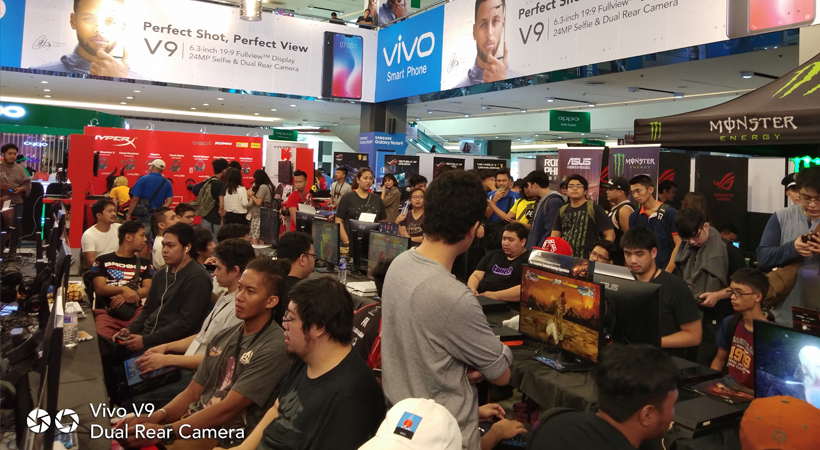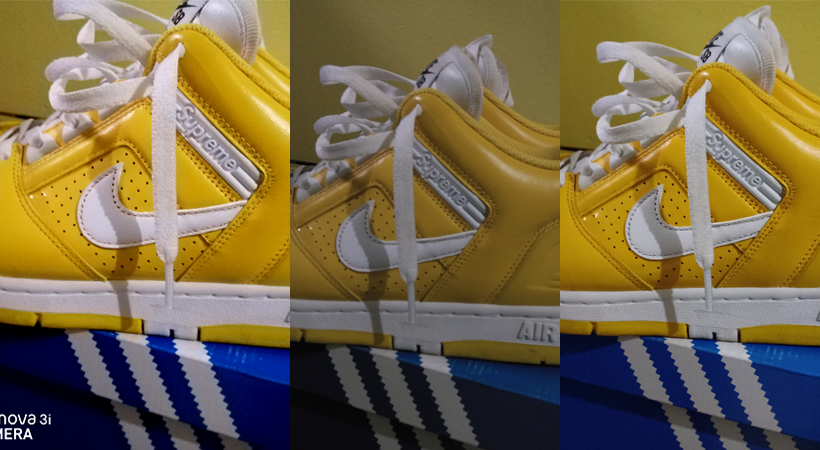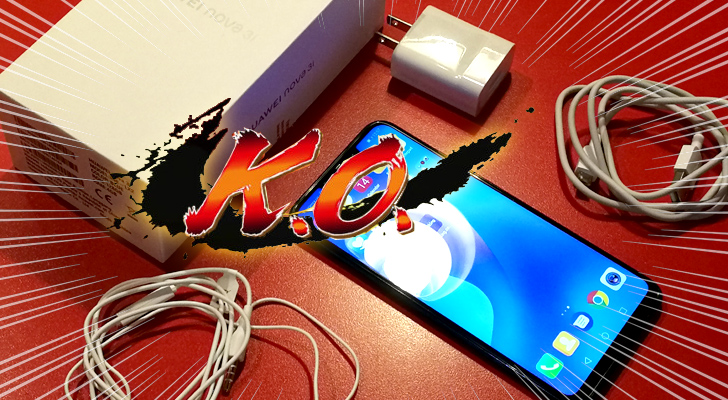Nova 3i, Vivo V9, OPPO F7 — Mid-range Mayhem, which among the three deserve your money?
We compare three of the hottest mid-range phones in the market!
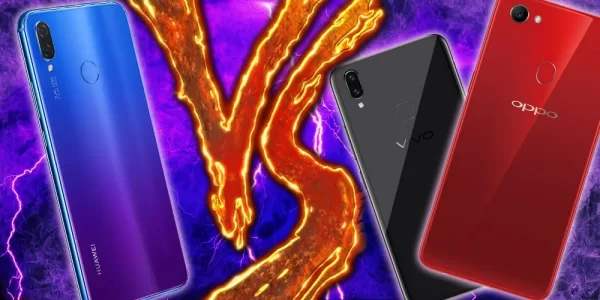
Over the past couple of months, Smartphone brands have been outing a whole lot of phones aimed at the mid-range market. We’re assuming that this is where the real money lies, and with more and more phones jampacking their units with flagship-like features, we set out to see which among the three popular mid-range phones deserved your hard-earned peso?
Huawei Nova 3i
Launched during the tail-end of July, the Nova 3i shook the mid-range market by offering the first Kirin 710-fitted smartphone and flagship-like offerings like having a total of 4 Ai Cameras (2 in front, 2 at the back), a whopping 128G internal storage PLUS expandable memory!
We did an extensive first-look at the Nova 3i and gave it a pretty high score all things considered.
As noted in our Geek Lifestyle Review, the Nova 3i’s Kirin 710 pretty much can handle anything we throw at it – this include various games and mobile applications. And with the upcoming GPU Turbo featured in the Honor Play and rolling out in other Huawei Devices, the Nova 3i can take on demanding applications and improved gameplay for the likes of PUBG Mobile, Rules of Survival and other demanding applications.
One of the best thing about the Huawei Nova 3i? The Price! Clocking it at Php 15,990, the Nova 3i is one of the best-priced mid-range offering in the market. The glassed-backed, full aluminum chassis of the Nova 3i gives this unit an uber luxurious feel as well.
Vivo V9
Launched earlier this year, the Vivo V9 is touted as the company’s “selfie-phone” with a whopping 24-megapixel front-facing camera. Unfortunately for Vivo, every major mid-range phone that was released after that sported similar front-facing camera specs especially those aimed at the same market-segment.
What’s worse is that the V9 used a substandard GPU processor for the price that they’re asking. They’re using an old-snapdragon octacore processor, the Snapdragon 626, when every other phone that came out this year was fitted with current-gen chips. Just a few weeks after Vivo V9 launched, ZenFone 5 came out sporting the comparatively stronger Snapdragon 636, a chipset that’s able to give decent to very good performance in terms of mobile gaming and other heavy-requirement application.
Initially priced at Php 17,990 but now enjoying a price-cut to Php 14,990, the Vivo V9, sadly, has pretty much lived out its relevance.
OPPO F7
If you’ve been with us since the start of the year, you know how crazy we are of the OPPO F7. We brought it with us during a Boracay wedding getaway (before Boracay closed down), and we even brought its souped up big brother the OPPO F7 128G with us during our international coverage of the world’s biggest video gaming convention, E3! We’ve seen how what MediaTek was able to do with the Helio P60, and more than that, we’re finally happy that OPPO’s mid-range baby can take decent rear-images.
The OPPO F7, in our opinion, kick-started the real mid-range wars and set the stage for more mid-range smartphones to come in with arguably flagship-level specs. And while the OPPO F7 still has only one rear cam and one selfie cam, it was able to perform its functions well enough thanks to an optimized and AI-assisted chipset by MediaTek and OPPO’s own OS.
Still, a few months after, does the selfie expert hold up to everyone on the list? Remember, when the OPPO F7 started it, too, was priced at Php 17,990, and similar to Vivo V9, it now enjoys a price-cut down to Php 14,990.
Let’s get ready to rumble!!!!
Given the similarity in specs and price across the three phones mentioned, we can’t help but wonder who would win in a 3-way brawl for mid-range smartphone dominance? As every phone that was launched claimed to have thousands upon thousands of sales from their day 1 launch, we thought it best to pit these guys against each.
Camera Test
We took a couple of side-by-side photo comparison between the three and while there are varying differences, majority of the phones were able to capture the subject somewhat accurately with ample light. Both the OPPO F7 and Vivo V9 took sometime to process the image and isn’t as “snappy” as the Nova 3i, though.
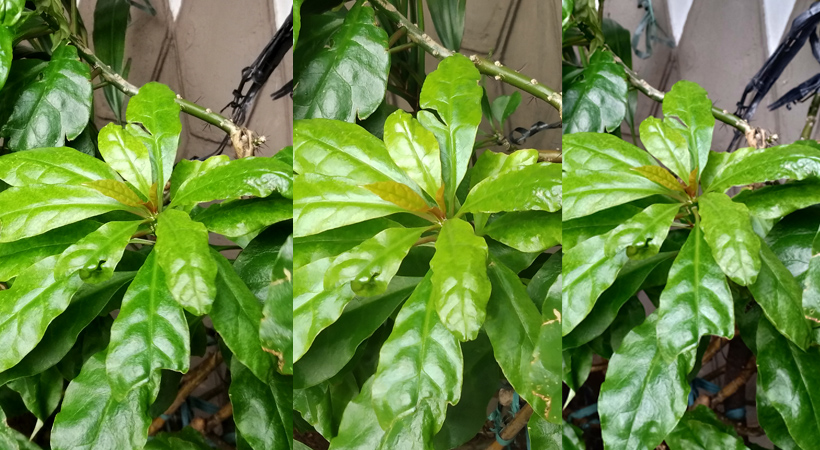
With good lighting, it’s hard to distinguish which one produces better images. L-R: Nova 3i, Vivo V9, OPPO F7
But when we tested the cameras in low-light conditions, that’s when we get to see major differences.
- mde
The V9 tends to produce more noise than the others and produced the darkest of the images. The F7 and Nova 3i actually are are on par in showcasing the subject even with unfavorable lighting conditions. Nova 3i just produces a more vibrant color palette than the more subdued OPPO F7. This helps make Nova 3i’s images pop out more, but then Huawei’s color palette becomes very subjective. You can, in most cases, tweak this further. We will point out that the shot with the Nova 3i was taken without the AI assist being turned on.
Touting its 4 > 3 tag when the Huawei launched the Nova series, the Nova 3i’s 4 Ai Camera set-up gives you more value features-wise, especially if you love portrait shots.
Given this we may have to say that the Nova 3i and F7 are still on par overall optics-wise, with the V9 lagging slightly behind. Even if the F7 only has one rear shooter, both it and the Nova 3i can capture detailed images, and it’ll just depend on a user’s color preference on who will win.
Processor
| Huawei Nova 3i | Vivo V9 | OPPO F7 |
| Kirin 710 | Snadragon 626 | MediaTek Helio P60 |
| Octa-core (4×2.2 GHz Cortex-A73 & 4×1.7 GHz Cortex-A53) | Octa-core 2.2 GHz Cortex-A53 | Octa-core (4×2.0 GHz Cortex-A73 & 4×2.0 GHz Cortex-A53) |
| With Ai, with GPU Turbo* | With Ai | With Ai |
*will get a system update
As mentioned previously, Vivo’s V9 simply cannot compete with the current-gen line up of mid-range smartphones because they failed to use current-gen technology. The Snapdragon 626 was a late 2016/early 2017 chip and we found it odd that Vivo would still use this when more current processors were available upon their launch.
That being said, OPPO F7’s MediaTek Helio P60 puts up one heck of a fight with Huawei Nova 3i’s Kirin 710 as both chipsets pretty much are at par with one another. Both phones can pretty much open various triple A mobile games (PUBG Online, Final Fantasy XV Pocket Edition, etc) but Kirin 710 just runs applications much smoother than the F7 could. You can still feel slight lags and framerate drops with the F7 (nothing that can spoil the gameplay experience) but comparing with how I was playing with the 3i, I’d have to give the win to Huawei. Take note that at this time GPU Turbo still hasn’t been enabled on our unit. What more if it did. Wild!
Battery
Majority of Mid-range smartphone brands have batteries that lasts us the whole day. Gone are the days when 3000 mAh is considered top of the line. The Vivo V9 clocks in at 3240 mAh while Huawei’s Nova 3i adds a bit of juice at 3340 mAh. The winner out of the three here would be OPPO F7 with 3400 mAh. Sadly, none of the 3 come with any quick charging capabilities.
Storage
Perhaps one of my favorite features of the Nova 3i is its amazing 128 GB internal storage. Both the F7 and the V9 sport a 64 GB of storage which, I feel, should be a standard base-line by now considering mobile games go up to 1-2 GB per game. Sure, you can hook your phone with an additional MicroSD, but expanded memories are prone to data corruption and when that happens (and it has happened) it’s going to sting. So, a 128 GB internal right out of the box is truly a lifesaver!
Final Verdict
Given our time with the three phones, we can’t help but give the win to Huawei’s Nova 3i. Sure, it’s neck-and-neck with the F7 image-wise, but it offers better gaming performance and a larger internal storage of 128 GB.
It’s an impressive offering for those who want to get the most out of their hard-earned 15,990 pesos and with vibrant colors like Iris-Purple, there’s a certain prestige in having one in your pocket. The Nova 3i, with a solid processor, large internal storage and decently strong optics make for an interesting choice for one of the best mid-range offered this year.






